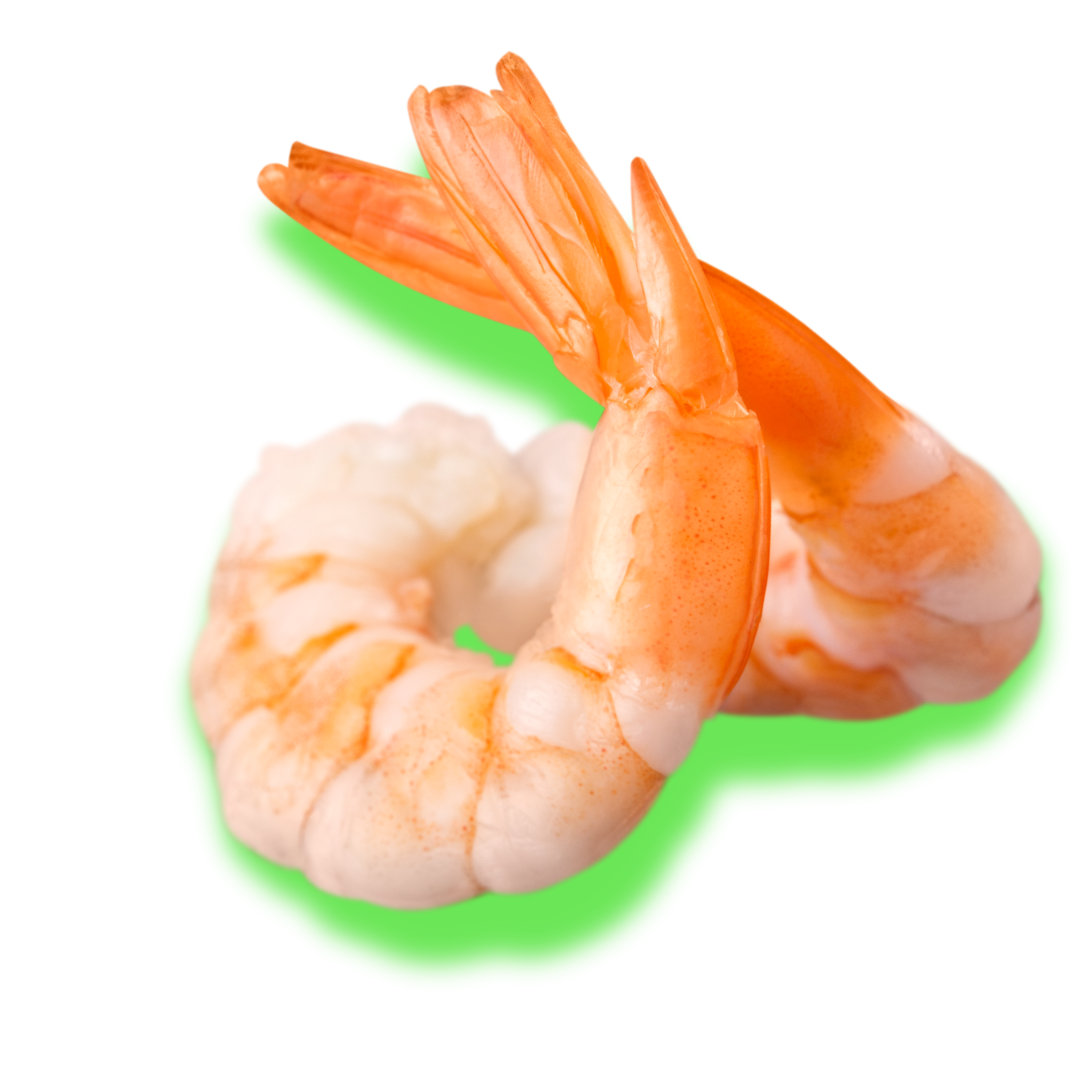Recent headlines about radioactive shrimp imports are worrying, and that reaction makes sense. We want to walk you through what happened, what cesium-137 actually means, what to do if you bought shrimp, and why buying seafood with clear sourcing, like U.S. wild-caught Alaska and Pacific Northwest fish, reduces uncertainty.
What happened, briefly
Federal agencies and several national retailers recently detained and recalled shipments of frozen shrimp after lab tests detected traces of the radioactive isotope cesium-137 in at least one import. The detections prompted import alerts, expanded sampling, and product removals from store shelves while regulators and importers investigate. At the time of detention, reported levels were far below the FDA’s intervention thresholds, and there have been no confirmed illnesses connected to the shipments. Still, the situation triggered recalls and heightened screening of incoming seafood.
What cesium-137 means in plain language
Cesium-137 is a radioactive isotope that can show up in the environment after certain industrial or reactor incidents. At high doses it is dangerous, but the amounts found in the detained shrimp were very small compared with federal action limits. The reason agencies act quickly is not because one low reading causes immediate harm, but because they want to prevent repeated or long-term exposure and keep contaminated food out of the market.
If you bought shrimp, here’s what to do
Check your freezer and pantry, and don’t eat any product named in official recalls.
Follow retailer instructions for returns or disposal, or bring the product back for a refund.
Keep an eye on FDA and retailer updates for brand and lot numbers.
If you’re worried about symptoms or exposure, contact your healthcare provider or local health department.
Why this matters for seafood sourcing and safety
Imported seafood supplies can be an important part of the U.S. food system, but global supply chains are complex, and not all products offer the same level of traceable documentation. Recalls like this one highlight the benefits of transparency, rigorous testing, and known chain of custody. When a product’s harvest location, processor, and handling steps are clear, consumers and regulators have more confidence that safety checks are meaningful, and sellers can respond faster when issues arise.
Why U.S. wild-caught fisheries can offer more assurance
U.S. fisheries, especially Alaska, operate under strict management systems: science-based quotas, monitoring, and enforcement. That framework helps provide documented harvest records and traceability. Choosing wild-caught fish from well-managed U.S. fisheries reduces uncertainty in the supply chain and supports coastal communities that follow strong rules and oversight.
How we source and protect quality at Premier Catch
We source directly from fishermen and trusted processors in Alaska and the Pacific Northwest, so we can vouch for where each product came from and when it was frozen. We flash-freeze at peak freshness, portion and vacuum-seal, and ship on dry ice. That direct, documented path from boat to box makes it easier to verify product safety and to act quickly if any issue arises.
Want clean, traceable, wild-caught U.S. shrimp? Shop our Wild Alaskan Spot Prawns or our Wild Oregon Shrimp today.
If you have specific questions about a Premier Catch product email our crew at orders@premiercatch.com
As always, Eat Wild!
Further reading and sources
-
FDA advisory on the shrimp detentions and import alert. U.S. Food and Drug Administration
-
AP coverage on the expanded recalls and affected retailers. AP News
-
CBS News summary of recalls, measured levels, and FDA guidance. CBS News
-
NOAA Fisheries overview of U.S. fisheries management and why domestic sourcing can offer more traceability. NOAA Fisheries


